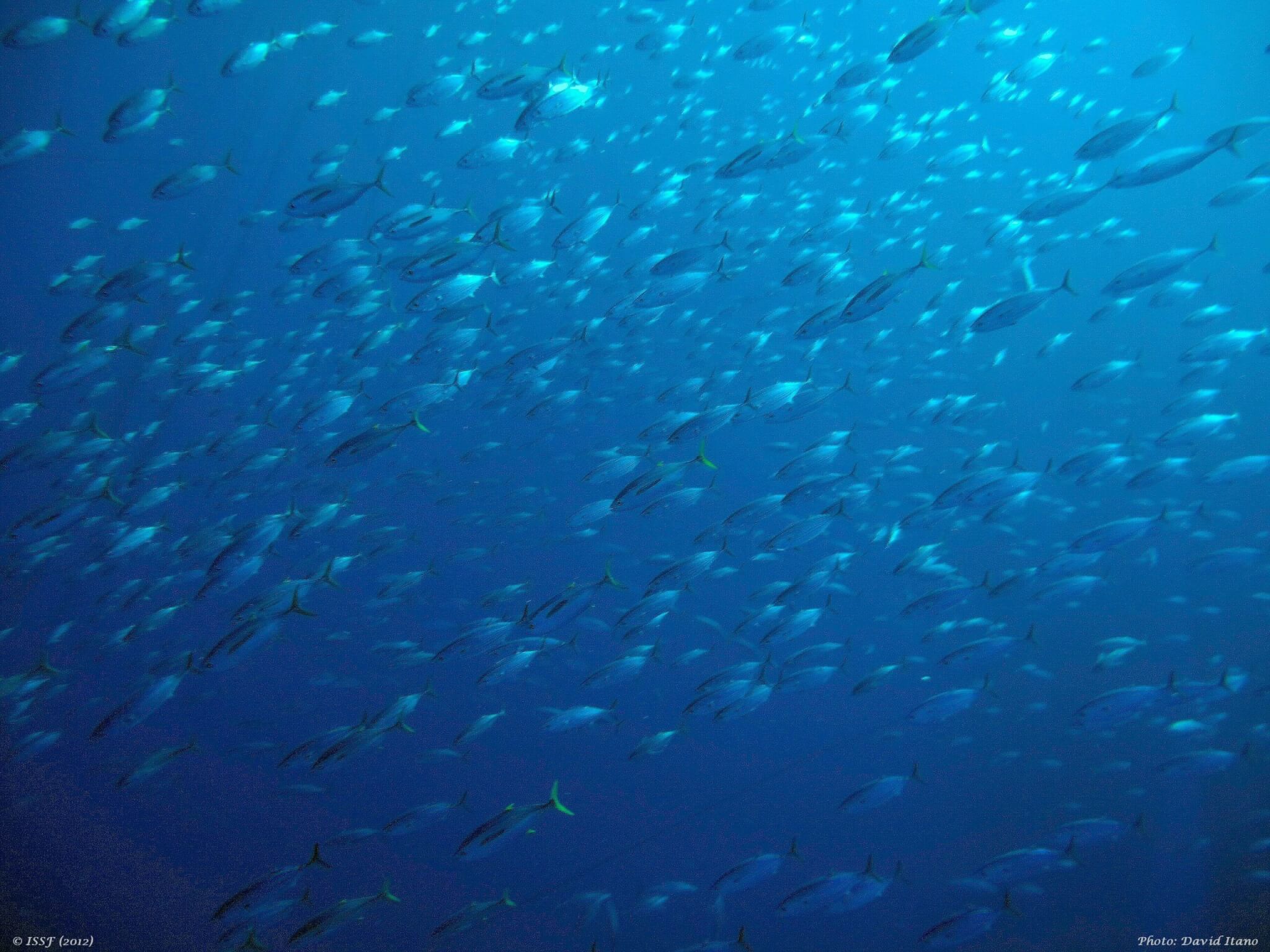UPDATE: EPO Skipjack Moves to Green in Latest Status of the Stocks Report | 86% of Global Tuna Catch Comes from Stocks at Healthy Levels
Featured News
86% of Global Tuna Catch Comes from Stocks at Healthy Levels; 9% Require Stronger Management
Updated Status of the Stocks Restores Eastern Pacific Ocean Skipjack Stock Abundance Rating to Green
Of the total commercial tuna catch worldwide, 86.4% is sourced from stocks at “healthy” levels of abundance, according to the newest ISSF Status of the Stocks report. In addition, 9.2% of the total tuna catch came from overfished stocks, and 4.4% came from stocks at an intermediate level of abundance.
The increase in the overall percentage of the catch coming from stocks at healthy levels of abundance — from 80.5% in the March 2022 report up to 86.4% in the July 2022 update — is mainly attributed to a positive change in the rating of the Eastern Pacific Ocean (EPO) skipjack stock, which represents about 6% of the global tuna catch. In March 2022, the rating for the status of the EPO skipjack stock had been changed from green to yellow due to the lack of a recent stock assessment by the relevant regional fisheries management organization (RFMO), the Inter-American Tropical Tuna Commission (IATTC). Given the new assessment carried out by the IATTC in May 2022, the rating is being restored to green for the July 2022 report.
Featured Report
Biology & Stock Status of Minor Commercial Tunas
Among the 15 species of tunas, eight are called “minor” or “neritic” tunas due to their lower commercial value. Despite this “minor” label, these tunas are exploited commercially and/or caught recreationally and are an important source of nutrition for coastal communities and income for coastal artisanal and subsistence fisheries.
As compared to their commercial counterparts, there is greater uncertainty regarding catch levels and stock characteristics of minor tunas, limiting data to assess fishery impact on stock status. A report summarizes knowledge about the biology, stock structure, and recent catch of minor tunas; the main fisheries and fishing gears catching them; and their stock status in different oceans. The report also reviews available information on life-history characteristics, fisheries, and stock status, while identifying knowledge gaps that can inform research priorities.
Featured Tool
Interactive Stock Status Tool
This interactive tool allows you to visualize current and historical data from ISSF’s Status of the Stocks report, which scientifically assesses 23 commercial tuna stocks worldwide. The tool has two tabs — one for visualizing tuna stock health since 2011, and another for visualizing the current tuna catch by fishing method.
ISSF in the News
ISSF urges IATTC to add protections for bigeye and yellowfin tuna stocks
Seafood Source



